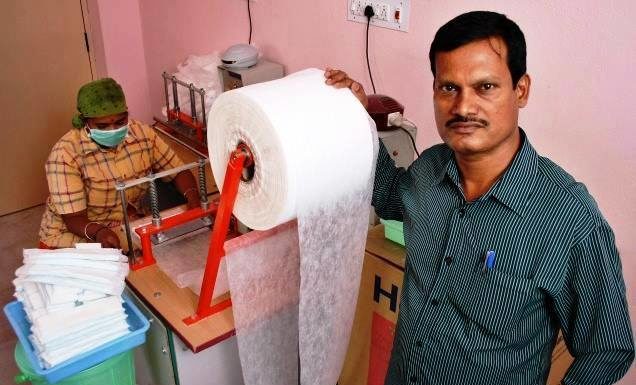Indian clubs have slowly been showing signs of progress, and with the advent of the Indian Super League (ISL), the I League clubs have seen the increased competition and raised their own game as well. Indeed, recently Mohun Bagan, the defending I League Champions had quite a good showing against the Tampines Rovers from Singapore, advancing to the next stage of the AFC Champion League qualifiers, before faltering against Chinese billionaire powerhouse, Shandong Luneng.
Despite the loss, the I League’s latest instalment has a better television production, with local fans showing good support for their clubs and turning up in numbers at the stadiums. The recently promoted Aizawl FC from the North East has been a positive injection of youth and passion into the game with its stadium being routinely jam-packed. Some of these passionate fans have ended up climbing neighbouring hills and trees to catch glimpses of the match, such is the fervid passion of the folks in the North East for the beautiful game. Indeed, in the last year, football has done more to bring the people of the Seven Sisters of North East closer to the rest of India than anything else.
But with all of this, have our Indian clubs evolved with the times or have they remained stagnant?
Well, there hasn’t been any overnight revolution of sorts, but there have been sure signs of progress – even if the AIFF still seems to be taking two steps backwards for every one step forward that these clubs take. Here are some of the noticeably positive changes we’ve seen in the last few months”
Better Fan Engagement
Bengaluru FC have recently come out with tickets priced at rupee 1 as a strategy to get more of their fans into the stadium, as well as to pay back to those loyal fans who have been constantly supporting them. The I League clubs are following in the footsteps of the ISL clubs, who with their strong advertising and marketing network had done some great fan engagement. The likes of Bengaluru FC and Aizawl FC have been a revelation, doing some great work in a tithe of the budget that the ISL clubs supposedly had, and many more are following in their wake.
Stronger Social Media Presence
Facebook, Twitter, and Instagram have brought people together under a collective umbrella, and our Indian clubs have finally tapped into this ripe audience, using these simple tools to great effect to get in direct touch with their fans and also provide them with an insider’s view into the game. Here, again, Bengaluru FC leads the way, with Mumbai FC not far behind. Indian clubs look to finally be wisening up to modern day tactics and employing them with sharp efficiency!
Improved Telecast
A major complaint of the I League has been its bad, almost grainy telecast, as if the cameras they used for live shooting were from a bygone era. The slow, almost turbid commentary would more often than not put viewers to sleep, much like the drowsy chants of Jigglypuff, the pokemon.
Now though the commentary has not improved, the quality of the telecast has improved considerably, and it is a boon to finally see football being brought forth into the modern age with the aid of technology. Hopefully someone from the League reads this article and our comments about the sub-par commentary – though we won’t be holding our collective breath.
For now, we are grateful for the improved telecast which makes for better viewing.
Faster Gameplay
One complaint of the I League in the past has been its slow, tedious gameplay, with players preferring to hoof the ball up front instead of building incisively along the ground. That complaint has been somewhat laid to rest with the improved gameplay, quick build-up plays, and fast movement of the players, with Bengaluru FC and Mohun Bagan being among the best at it, as of now. This makes for fun, compelling viewing, wherein the players are confident and play well, unlike in previous editions wherein the defenders would look ill at ease any time the ball came near them.
With all these improvements, Indian clubs do seem to be evolving with the times, albeit at a slow pace. But for now, some progress is better than the expected stagnancy of the past. We can only hope that this trend continues, leading to a full-fledged football revolution in India!






























